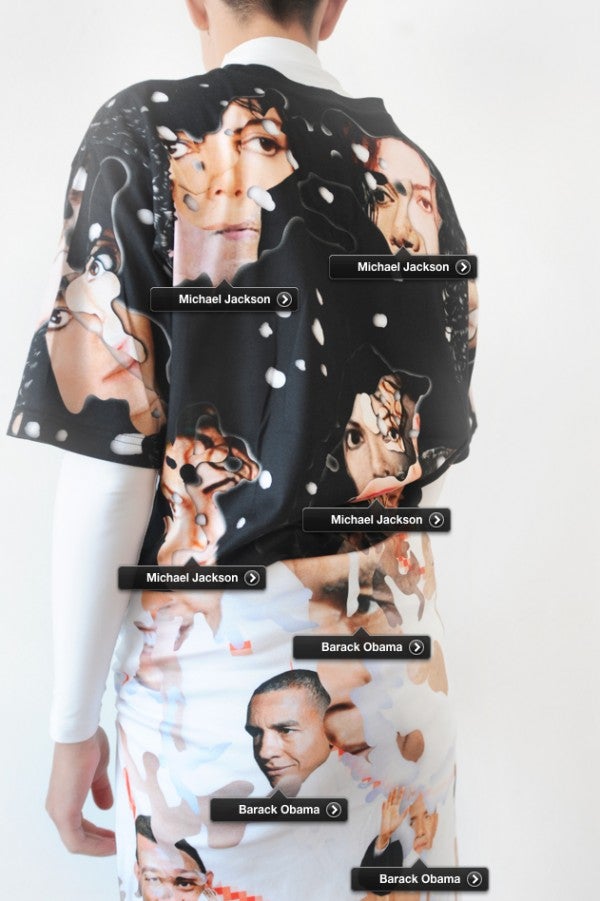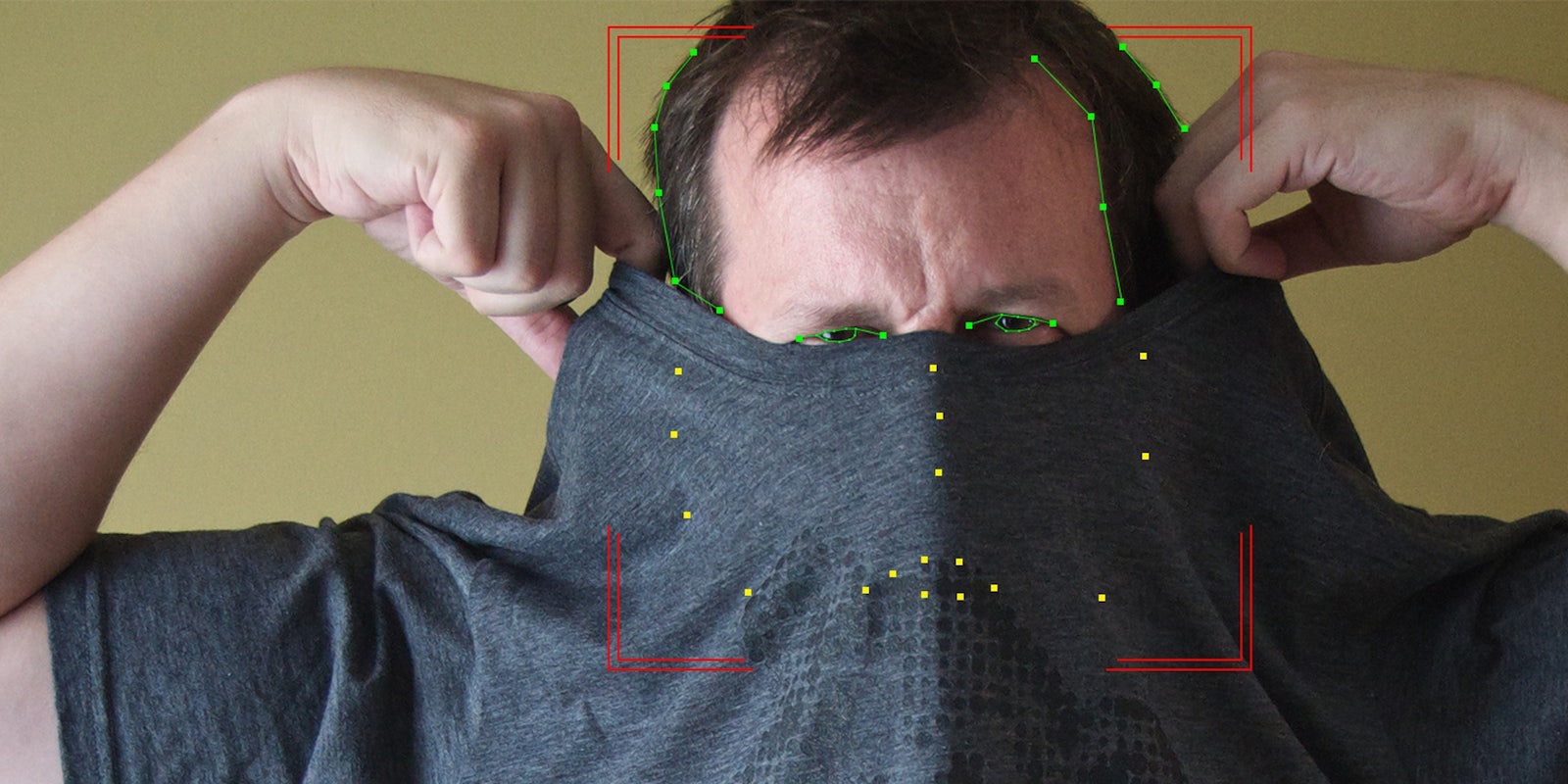BY STEFFAN HEUER AND PERNILLE TRANBERG
If the ongoing revelations of the massive Target data breach prove anything, it’s the necessity of being tightfisted and tightlipped with your data. What you do on your smartphone can haunt you at the checkout counter. Whenever you use services you don’t trust, are asked to fill out questionnaires, or participate in competitions, you should consider not using your real identity.
Instead, you should have two or more spare identities that you’ve made up to protect your real digital identity and to confuse the algorithms in this Big Data era.
We’re not saying you should trick your friends, or what passes as a “friend” online. There are people using alter egos and even taking over others’ abandoned fake identities to push the envelope. And we’ll soon see a market for fake and real identities.
We know from Facebook that up to one-fifth of its users don’t use their real names. We are among those users. We simply don’t trust Facebook, and we’re not alone, according to a recent poll by ad agency McCann. It revealed that 59 percent of U.S. users consider Facebook the biggest threat to privacy, followed by Twitter (40 percent) and Google (32 percent).
Revealing details about yourself should be a question of what you do on which service. In the real world, we are used to becoming more forthcoming as trust is established. There is little reason why this cautionary principle should be turned on its head online just to satisfy the business model of a service.
Until new and better tools are launched to help you work with multiple identities—with the caveat that they should not be another offering from the big identity stores like Apple or Google—you can do it manually. It requires a fair amount of work, though, and you can never be sure who’ll be digging up the alter ego you thought you had buried.
In the first part of this two-part series, we showed you how to create an anonymous alter ego. Here, we’ll teach you how to avoid facial recognition.
In real life, your face can be used to reveal and track the real you. With growing use of facial recognition services, this trend is moving online. Here are a few tips, tricks, and interesting trends that will help you stay ahead of the curve.
- CV Dazzle offers a number of looks to fool facial recognition services. The site recommends avoiding makeup enhancers, which accent key features, partially obscuring one eye, and developing an asymmetrical look with your hair style.
- Graphic designer Simone C. Niquille has created an art project that tests the limitations of facial recognition software. She designed a series of shirts called “RealFace Glamoflage” specifically to help Internet users evade facial recognition technology.

Photo via Simone C. Niquille
- Another site by the artist Zach Blas has a video explaining facial recognition techniques, such as being able to identify supposed homosexuals just by mining portraits. He proposes to use what he calls “fag face masks” that cannot be identified.
- Japan’s National Institute of Informatics is working on developing a pair of glasses that can prevent facial recognition.
- Howie Woo can help you create non-recognizable expressions with a blank mask and a handful of facial features.
- And finally, artists in Berlin suggest that tilting your head to one side will slow down facial recognition, and recommend doing that to avoid embarrassing party pictures on Facebook.
These different methods may not always work or seem outright silly. But remember what’s at stake. We’re in an arms race with technology companies that cater to well-funded security and commercial interests. Privacy might be on its deathbed, but making yourself a bit less machine-readable goes a long way to create a legitimate backlash and—as Yale law professor Jed Rubenfeld calls it—preserve our right to anonymity.
Steffan Heuer and Pernille Tranberg are authors of the book Fake It: A Guide to Digital Self-Defense. They cover technology and privacy issues in San Francisco and Copenhagen. In this series, Digital Self-Defense, Heuer and Tranberg report with updates from the digital identity wars and teach us how to defend our privacy in the great data grab going on all around us. Follow them at @FakeIt_Book.
Photo by Bark/Flickr (remix by Jason Reed)


